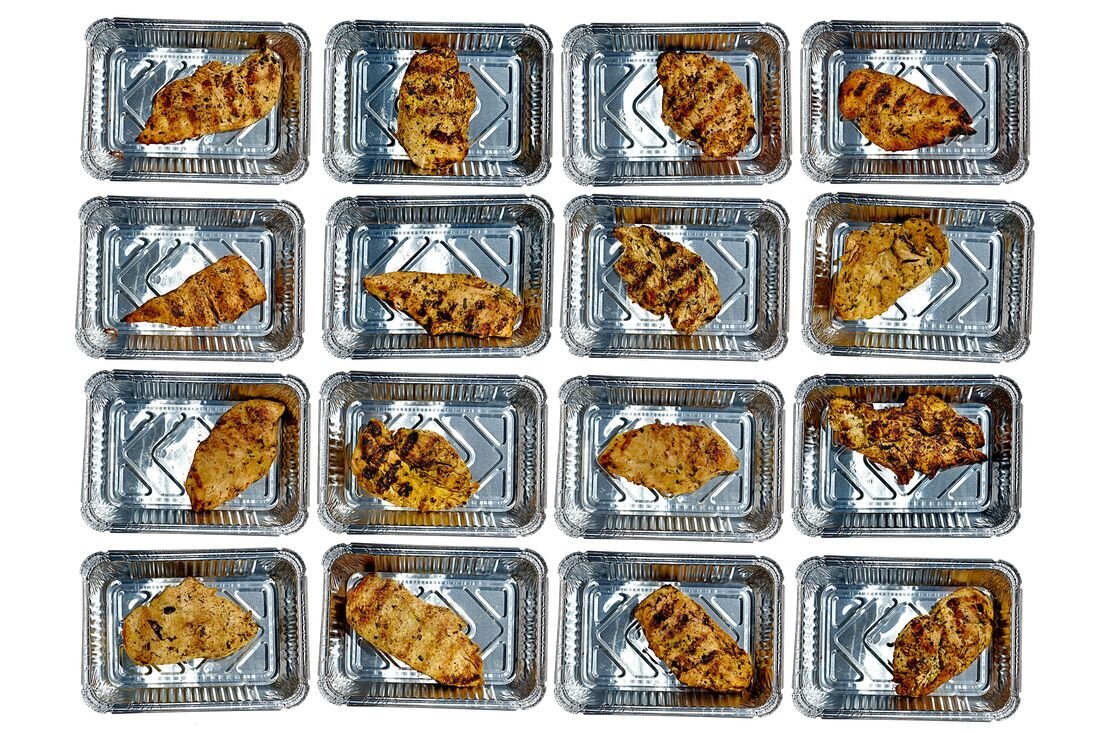A few weeks back I highlighted an article in my round up that spoke to the lack of photography or visual evidence in the media documenting all of the casualties of the global pandemic. “Where Are the Photos of People Dying of Covid?” an opinion piece written by art historian Sarah Elizabeth Lewis for the New York Times spoke to the power of images to make people act, arguing that “Images force us to contend with the unspeakable. They help humanize clinical statistics, to make them comprehensible. They step unto the breach.” This weekend, the same newspaper ran with the headline “U.S. Deaths Near 100,000, An Incalculable Loss” and presented 1000 death notices in a grim and relentless obituary over several pages, representing only 1/100 of the actual mounting death toll. And while the wall of text created a big visual impact on its own and circulated widely on social media, it was ironically enough far more palatable to read the abstracted text than be confronted with images of the dead and dying. The headline was also almost immediately undermined by the spectacle and parade of media images showing happy people congregating on beaches, in water parks, and on city streets all over North America, as easing restrictions around the pandemic have signalled perhaps too much of a false sense of security and recovery from the grim social and economic reality of the past several months.
The Sunday, May 24th cover of the New York Times created an impactful headline, and was successful in further abstracting that “incalculable loss” with a big wall of text. What if that text had been replaced with images of the dead and dying?
The optics of all this—choosing spectacle over discomfort, fantasy versus truth, or enjoyment versus boredom—mirrors our own shared visual culture and consumer mentality around images. It is normal to prefer the photogenic and telegenic. After all, we live in a media landscape that is forever marketing new objects and targeting novel ideas to us by healthy, powerful, and mostly beautiful people. Who among us really wants to feel discomforted by images of the dead, or made to face the invisible realities of the pandemic all around us, or see more of the same photographs of our bored friends in their PJs on their couches? Still, we need to be more mindful of what actual reality spectacle images mitigate. Media theorist and Situationist Guy Debord, writing in the Society of the Spectacle back in 1967, warned about the power of spectacle culture, arguing that “The spectacle is the nightmare of imprisoned modern society which ultimately expresses nothing more than its desire to sleep. The spectacle is the guardian of sleep.” So as we move deeper into the experience of the global pandemic, it will be important to pay attention to the spectacle visual culture that is growing all around us, seducing many of us into believing that everything is OK, creating a false perception of a world still racked by incalculable loss. Our collective visual literacy and critical thinking skills have seldom been more important.
A few more things…. before the round up
I have become obsessed with identifying the artwork featured on the television series Billions (kind of the same way I had to hunt down the work featured on Mad Men). Turns out I am not alone. Check out this article that attempts to inventory how the collection of smug hedge fund manager Bobby Axelrod came together.
A new book that I have been enjoying that takes a different kind of spin on humanizing academic writing is Helen Sword’s Stylish Academic Writing (Harvard University Press, 2012). Bottom line, academic jargon is very much out, and concision and writing in first person (as I always have— even my PhD dissertation) is very much O.K.
Finally, I have been researching mics and other recording equipment for my pivot to online teaching and was told by those in the know to get a Blue Yeti Nano. I can report back that it is indeed an excellent piece of equipment at a decent price, and I was happy to choose a lovely version in the modern art historian appropriate colour Blackout.









‘Plexiglass Has Become a Symbol of Care’: How a Berlin Museum Reimagined a Participatory Art Show
How Art History Can Help Explain the Stunning Rise of Conspiracy Theories
These Streaming Platforms for Art Are Creating New Commercial and Conceptual Possibilities
Commentary: I’m teaching on Zoom, and I’ve got to admit, my students are missing out
How to make a still life at home from setting up to drawing | Drop-in Drawing (VIDEO)



